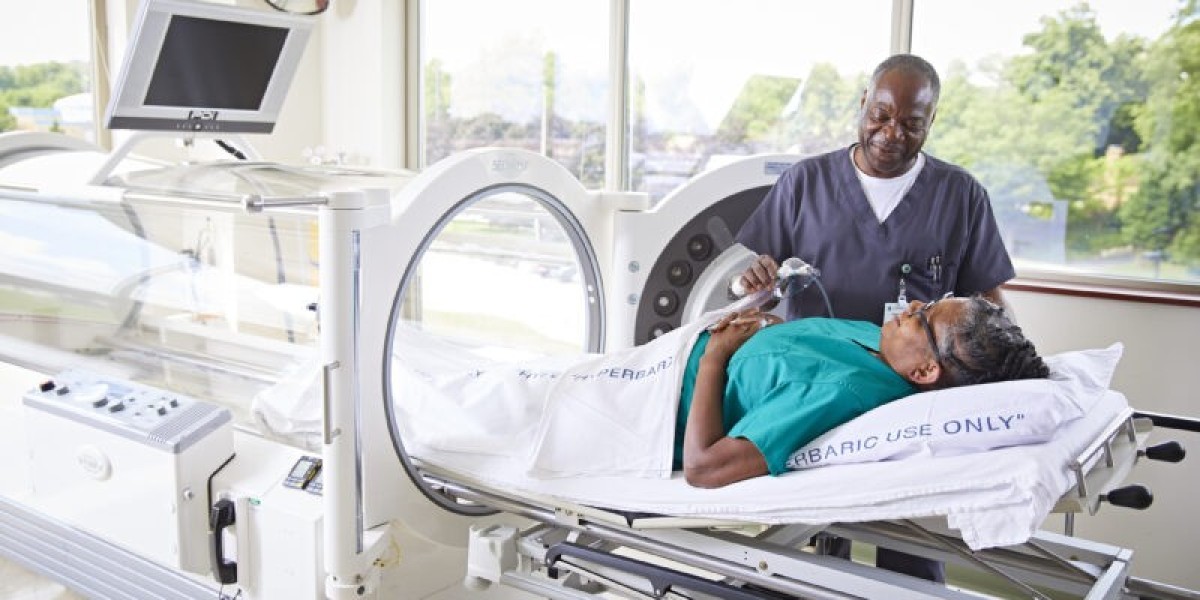Hyperbaric Oxygen Therapy (HBOT) is a cutting-edge treatment that involves inhaling 100% pure oxygen in a specially designed pressurized chamber, often set at two to three times the normal atmospheric pressure. This innovative approach has significant implications in the realm of chiropractic care, particularly for sports and wellness chiropractors who are dedicated to optimizing healing and recovery.
What is Hyperbaric Oxygen Therapy?
Definition and Basic Principles
Hyperbaric Oxygen Therapy (HBOT) is a medical treatment that enhances the body’s natural healing processes by inhaling 100% oxygen in a total body chamber, where atmospheric pressure is increased and controlled. The high-pressure environment allows more oxygen to dissolve in the blood plasma, enhancing oxygen delivery to tissues and organs.
How HBOT Works
Under normal conditions, oxygen is transported through the body only by red blood cells. With HBOT, oxygen dissolves into all of the body’s fluids, including the plasma, the central nervous system fluids, the lymph, and the bone, which can then be transported to areas where circulation is diminished or blocked. This extra oxygen can reach damaged tissues and promote faster healing.
History of Hyperbaric Oxygen Therapy
Early Uses of HBOT
The origins of HBOT date back to the early 1600s when a British clergyman named Henshaw built the first hyperbaric chamber. However, it wasn’t until the 20th century that HBOT began to be used for medical purposes, initially to treat decompression sickness in divers.
Evolution and Modern Applications
Over the years, the applications of HBOT have expanded significantly. Today, it is used to treat a variety of conditions, including carbon monoxide poisoning, chronic wounds, infections, and more recently, sports injuries.
How Does HBOT Aid in Sports Injury Rehab?
Mechanisms of Action
HBOT works through several mechanisms to aid in sports injury rehabilitation. It enhances oxygen delivery to injured tissues, reduces swelling and inflammation, stimulates the release of growth factors and stem cells, and helps in the formation of new blood vessels.
Benefits of HBOT for Athletes
For athletes, the benefits of HBOT are manifold. It accelerates the healing of injuries, reduces recovery times, minimizes pain and swelling, and can even improve overall athletic performance by optimizing tissue oxygenation.
Common Sports Injuries Treated with HBOT
Muscle Strains and Sprains
HBOT is effective in treating muscle strains and sprains by reducing inflammation and promoting faster tissue repair.
Fractures and Ligament Injuries
Fractures and ligament injuries benefit from HBOT as it enhances bone healing and ligament regeneration, reducing the time needed for recovery.
Concussions and Traumatic Brain Injuries
For concussions and traumatic brain injuries, HBOT can reduce brain swelling, improve cognitive functions, and accelerate recovery.
HBOT and Inflammation Reduction
Role of HBOT in Reducing Inflammation
One of the significant benefits of HBOT is its ability to reduce inflammation. By increasing oxygen levels in tissues, HBOT can reduce the inflammatory response, leading to faster recovery and less pain.
Case Studies and Examples
Numerous studies have shown the effectiveness of HBOT in reducing inflammation. For instance, a study on athletes with muscle injuries showed a significant reduction in inflammation markers after HBOT sessions.
HBOT for Enhanced Recovery and Healing
Accelerated Healing Processes
HBOT accelerates the healing process by increasing oxygen supply to damaged tissues, which is crucial for tissue repair and regeneration.
Improved Recovery Times for Athletes
Athletes undergoing HBOT often report shorter recovery times and quicker returns to their sport, making it a valuable tool for sports injury rehab.
Chiropractic Care and HBOT
Integration of Chiropractic Care with HBOT
Integrating chiropractic care with HBOT can provide comprehensive treatment for sports injuries. Chiropractic adjustments can help restore alignment and function, while HBOT enhances healing and recovery.
Benefits of Combined Therapies
The combination of chiropractic care and HBOT offers synergistic benefits, including reduced pain, faster healing, and improved overall wellness.
Success Stories and Testimonials
Real-Life Examples of Athletes Who Benefited from HBOT
Many athletes have experienced remarkable recoveries thanks to HBOT. For instance, a professional football player recovered from a severe ankle injury much faster than expected due to HBOT.
Potential Risks and Side Effects
Possible Risks Associated with HBOT
While HBOT is generally safe, it does have potential risks, such as ear pain, sinus discomfort, and, in rare cases, oxygen toxicity.
How to Mitigate Side Effects
To mitigate side effects, it is crucial to undergo HBOT under the supervision of certified professionals who can monitor and adjust treatment as needed.
Choosing the Right HBOT Provider
What to Look for in an HBOT Clinic
When selecting an HBOT provider, look for clinics with certified professionals, modern equipment, and a good track record of success.
Importance of Certified Professionals
Certified professionals ensure that HBOT is administered safely and effectively, maximizing the benefits while minimizing risks.
Cost and Accessibility of HBOT
Typical Costs Involved
The cost of HBOT can vary, but it typically ranges from $200 to $400 per session. Some insurance plans may cover HBOT for specific conditions.
Insurance Coverage and Accessibility
Check with your insurance provider to see if HBOT is covered under your plan. Additionally, many clinics offer payment plans to make treatment more accessible.
Future of HBOT in Sports Medicine
Emerging Research and Trends
Research on HBOT continues to evolve, with new studies exploring its potential benefits for a wider range of conditions, including sports injuries.
Potential Advancements in HBOT Technology
Advancements in HBOT technology, such as portable chambers and improved treatment protocols, are making it more accessible and effective.
FAQs about HBOT
Common Questions and Answers
Q1: How long does a typical HBOT session last? A: A typical HBOT session lasts about 60 to 90 minutes.
Q2: How many HBOT sessions are needed for sports injuries? A: The number of sessions varies depending on the severity of the injury, but most athletes require 10 to 20 sessions.
Q3: Is HBOT painful? A: No, HBOT is not painful. Some people may experience ear discomfort due to pressure changes, similar to what you might feel during an airplane ascent or descent.
Q4: Can anyone undergo HBOT? A: HBOT is generally safe, but it may not be suitable for individuals with certain medical conditions. Always consult with a healthcare provider before starting treatment.
Q5: What should I expect during an HBOT session? A: During an HBOT session, you’ll lie down in the chamber and breathe normally while the pressure gradually increases. You may feel a sensation of fullness in your ears, but this is normal.
Conclusion
Hyperbaric Oxygen Therapy is a powerful tool in the arsenal of sports injury rehabilitation. By enhancing oxygen delivery to injured tissues, reducing inflammation, and accelerating healing, HBOT offers athletes a quicker path to recovery. When integrated with chiropractic care, the benefits are even more pronounced, making HBOT an invaluable treatment for sports and wellness chiropractors. As research continues to evolve, the future of HBOT in sports medicine looks promising, with the potential to revolutionize the way we approach injury rehab.







